Select this license type when you are developing an app for iOS, Android, or Windows Phone, and you will be embedding the font file in your mobile application's code.
Didonesque™
by Monotype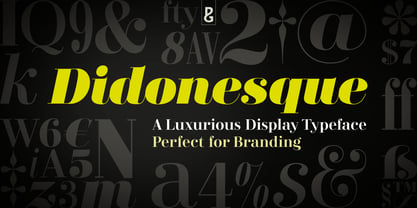



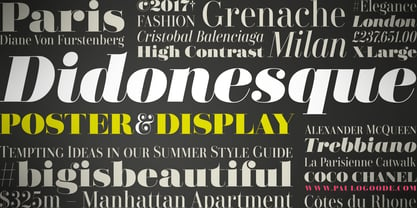
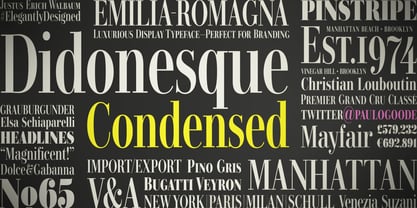
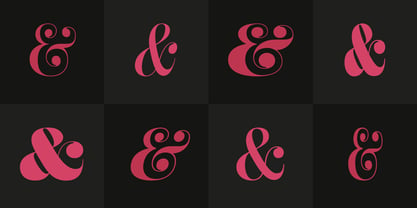
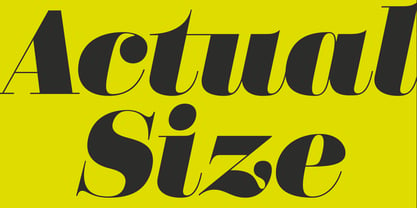
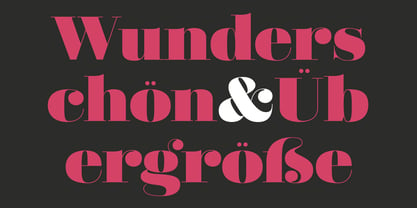

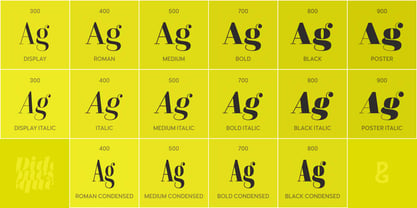
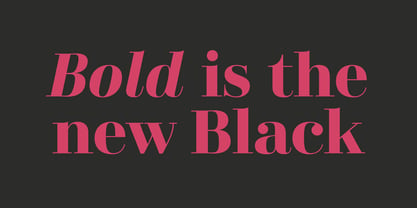
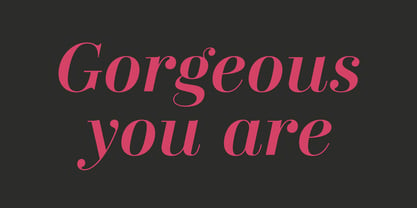
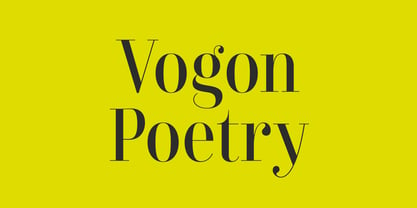

- Aa Glyphs
-
Best ValueFamily Packages
- Individual Styles
- Tech Specs
- Licensing
-
Didonesque Roman
-
Didonesque Black Condensed
Per style:
$10.49
Pack of 16 styles:
$167.99
About Didonesque Font Family
Say hello to Didonesque – inspired by classic Didone typefaces that are synonymous with luxury brands, it is a highly versatile and elegantly stylish font family. It is inherently a display typeface and therefore ideal for headlines, logotype, branding and short runs of text. See more examples at this font’s microsite – http://didonesque.com Distinguishing features include a higher x-height with shorter ascenders and descenders than traditional Didone typefaces, there are slight curvatures within the /v/w/y/ characters helping to give Didonesque a distinctive style. Also included are small caps and petite caps with full European diacritics, you can mix and match the petite caps with regular lowercase glyphs to create interesting unicase-style typography.
Key features:
• 4 weights in Roman and Italic styles • Poster & Display styles in roman and italic • 4 weights in Condensed style • Small Caps, Petite Caps, Alternates, Ligatures and Contextual Alternates • Full European character set • 750 glyphs per font.Designers: Paulo Goode
Publisher: Monotype
Foundry: Monotype
Original Foundry: Paulo Goode
Design Owner: Monotype
MyFonts debut: Jan 5, 2017

About Monotype
The Monotype Library is one of the world’s largest and most comprehensive collection of typefaces, featuring original designs of historical importance and a fresh range of contemporary and fashionable fonts. The Monotype Library includes thousands of timeless classics, hand-crafted revivals and original designs from many of the most innovative type designers and foundries in history. This distinctive, award-winning library of premium fonts provides brands and designers with a broad and reliable selection of typefaces for expressive typography in print and on screen. The Premium Foundry page can be viewed Here.
Read more
Read less
- Choosing a selection results in a full page refresh.